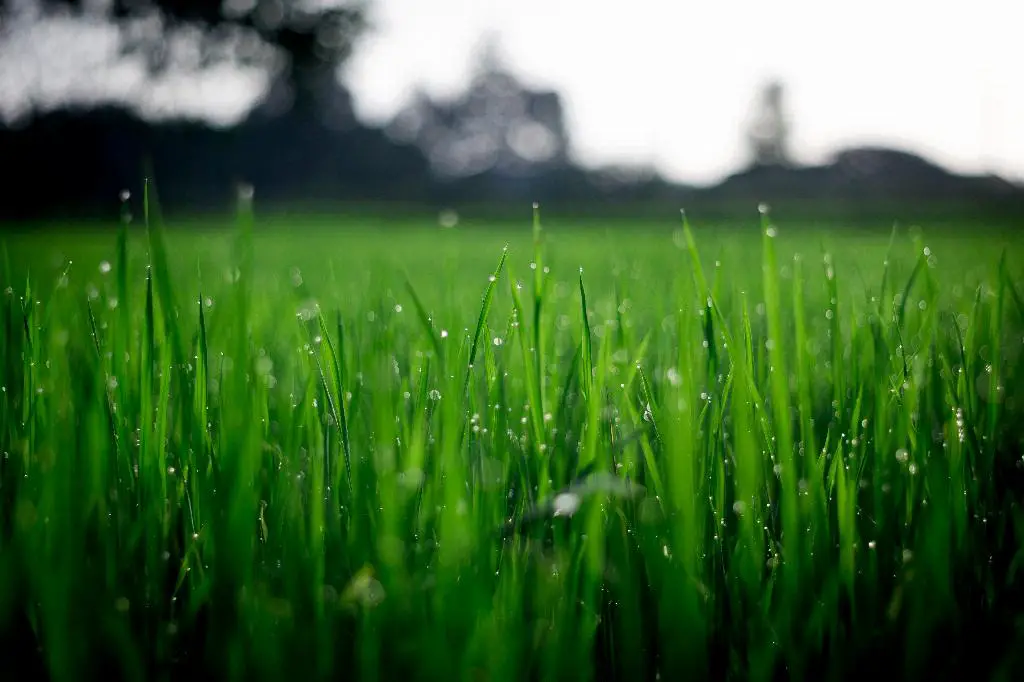When it comes to caring for your lawn, the timing of when to spread lawn fertilizer plays a crucial role in promoting healthy growth and vibrant green grass. While many people typically apply a dose of lawn fertilizer in the spring, it’s important to consider the optimal timing for this essential task to maximize the benefits for your lawn.
For most lawns, the ideal time to spread lawn fertilizer is in late spring, just as the green grass is starting to grow vigorously. This is when your lawn is actively growing and can make the most out of the nutrients provided by the fertilizer. Applying fertilizer too early in the season may not have the desired effect and could potentially lead to waste.
It is advisable not to rush into spreading lawn fertilizer as soon as winter fades away. Patience is key when it comes to lawn care, and waiting for the right moment to apply fertilizer can make a significant difference in the overall health and appearance of your lawn. Late spring provides the perfect window of opportunity to give your lawn the nourishment it needs to thrive.
In addition to the first application in late spring, it is common practice to apply one or two more doses of fertilizer during the growing season. This additional fertilization helps to sustain the growth and health of your lawn as it continues to flourish throughout the summer months. By spacing out the applications strategically, you can provide your lawn with a steady supply of nutrients to support its ongoing development.
Timing is everything when it comes to spreading lawn fertilizer, and understanding the seasonal needs of your lawn is crucial for achieving optimal results. By being mindful of the growth patterns of your grass and the nutritional requirements of your soil, you can ensure that your lawn receives the right amount of fertilizer at the right time.
While late spring is generally considered the best time to spread lawn fertilizer, it is essential to assess the specific needs of your lawn and adjust your fertilization schedule accordingly. Factors such as climate, soil composition, and grass type can all influence the timing and frequency of fertilizer applications.
Being observant of the condition of your lawn throughout the growing season can help you determine when it is time to spread fertilizer. Look out for signs of nutrient deficiency, such as yellowing grass or slow growth, as these indicators can signal that your lawn is in need of a boost of fertilizer to replenish its nutrient supply.
It’s worth noting that over-fertilizing your lawn can do more harm than good, so be mindful of the recommended application rates and avoid excessive use of fertilizer. Following the instructions provided on the fertilizer packaging can help you achieve the right balance of nutrients for your lawn without risking damage from an overdose of fertilizer.
As summer transitions into fall, it may be beneficial to schedule one final application of lawn fertilizer to prepare your lawn for the upcoming winter months. This last dose of fertilizer can help strengthen the roots of your grass and provide essential nutrients to support its resilience during the colder season.
By staying attuned to the needs of your lawn and making informed decisions about when to spread lawn fertilizer, you can nurture a lush and healthy lawn that enhances the beauty of your outdoor space. Remember that timing is key, and by timing your fertilizer applications strategically, you can promote sustainable growth and long-term vitality for your lawn.
In conclusion, the best time to spread lawn fertilizer is in late spring, when your grass is actively growing and can benefit the most from the nutrients provided by the fertilizer. By considering the seasonal needs of your lawn, adjusting your fertilization schedule accordingly, and being mindful of the recommended application rates, you can maintain a vibrant and thriving lawn that enhances the overall appeal of your outdoor environment.

